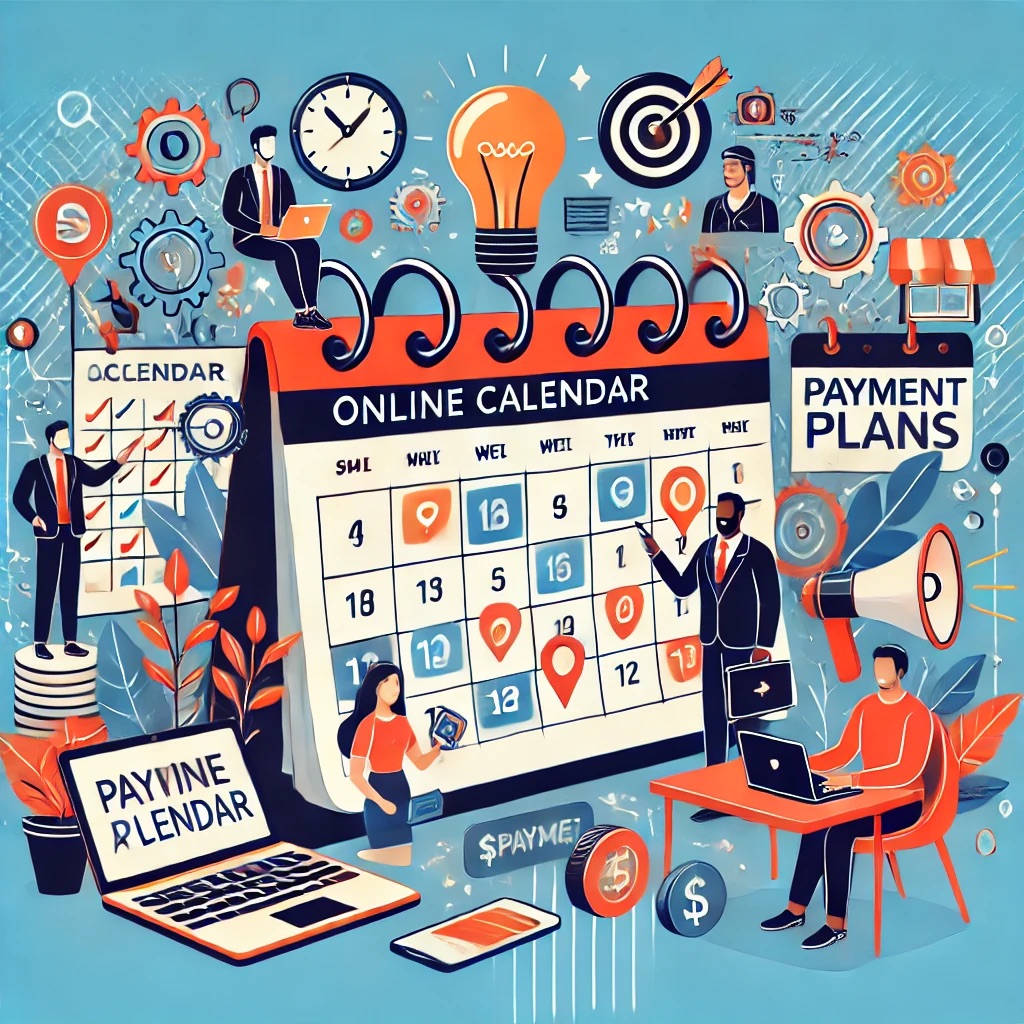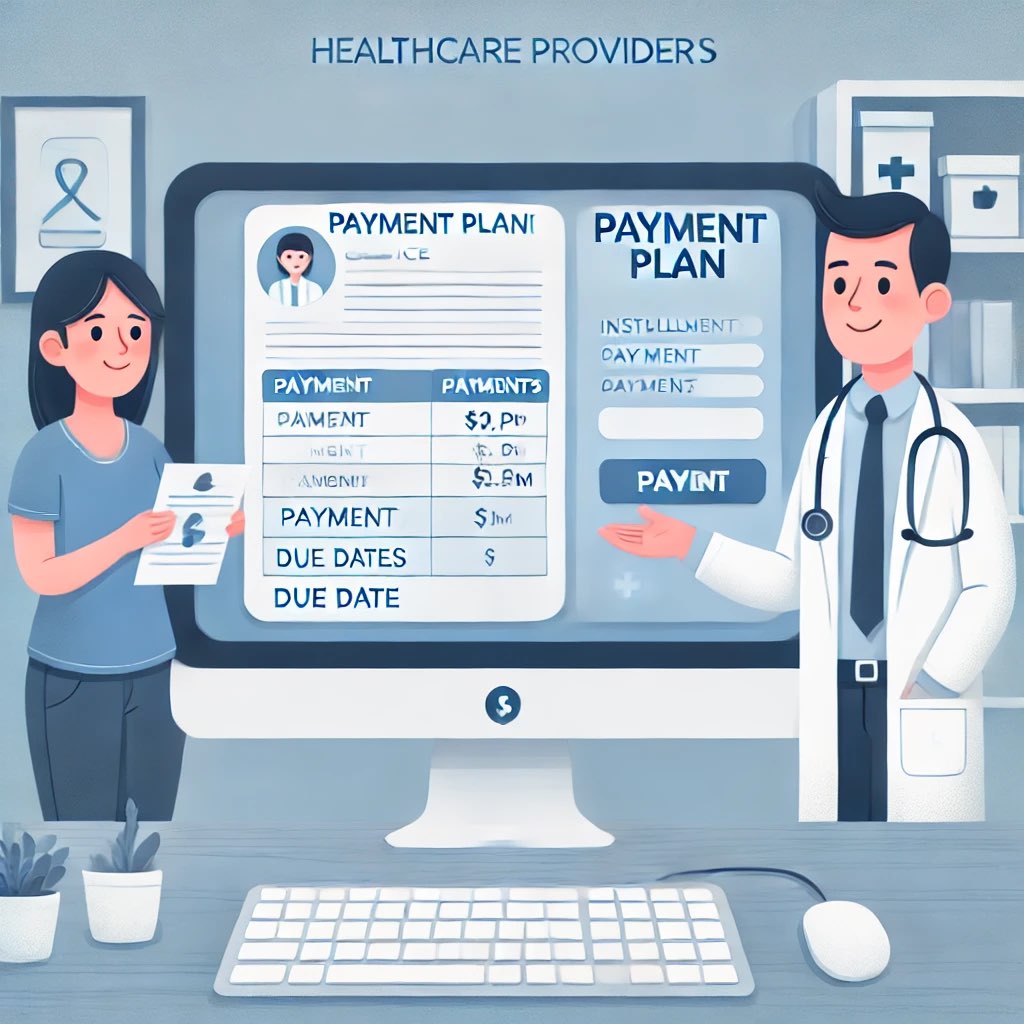In today’s competitive online marketplace, businesses are constantly looking for ways to enhance their conversion rates. While great products and compelling marketing strategies play essential roles, one often overlooked yet highly effective tactic is offering flexible payment plans. By enabling customers to spread the cost of their purchases over time, businesses can remove barriers to purchase and significantly boost their conversion rates.
Let’s dive into why payment plans work, how they can improve conversion rates, and some best practices for implementing them.
Why Payment Plans Work
The psychology behind payment plans is simple: large, upfront payments can feel overwhelming to customers, especially if the product or service has a high price point. By offering payment options, you reduce the immediate financial burden, making the purchase seem more affordable and accessible.
Here are a few key reasons why payment plans increase conversion rates:
-
Reduces Sticker Shock: When potential customers see a high price tag, they may hesitate or abandon the purchase altogether. Payment plans break down the cost into smaller, more manageable amounts, making the product feel more attainable.
-
Improves Affordability Perception: Customers who might otherwise be priced out of a product can suddenly afford it when the price is spread over months. This widens your potential customer base.
-
Decreases Purchase Anxiety: Big purchases often come with a sense of risk. Customers may be uncertain about whether the product is worth the upfront investment. Payment plans minimize this risk by allowing them to pay gradually, often giving them more confidence to commit.
-
Increases Average Order Value (AOV): When customers feel less financial strain, they’re more likely to add additional items to their cart. Payment plans encourage customers to buy more or choose higher-priced items, which can increase your AOV.
How Payment Plans Increase Conversion Rates
Here are several specific ways in which offering payment plans can help boost conversions:
-
Reduces Cart Abandonment: High prices are one of the main reasons for cart abandonment. By offering a payment plan, customers are more likely to complete the purchase rather than leave items in their cart.
-
Enhances Trust and Commitment: When you offer flexible payment options, you’re showing customers that you understand their financial situation and are willing to work with them. This builds trust and fosters a sense of commitment to your brand.
-
Attracts Different Buyer Personas: Not every customer is willing or able to pay for products upfront, especially in sectors like luxury, technology, and education. Payment plans attract more price-sensitive customers or those who want to avoid large expenses at once.
-
Facilitates Higher-Tier Conversions: Payment plans enable customers to opt for higher-tier products or services. A customer might hesitate to buy a premium version of a product if they have to pay in full, but spreading the cost can make that option more appealing.
Best Practices for Offering Payment Plans
While payment plans can be a powerful conversion tool, how you implement them matters. Here are a few best practices to consider:
-
Offer Clear and Transparent Terms: Customers should know exactly how the payment plan works—how many payments, what the total cost will be, and any additional fees. Hidden fees or confusing terms can create frustration and decrease trust.
-
Provide Interest-Free or Low-Interest Options: Whenever possible, offer interest-free or low-interest payment plans to reduce customer concerns about paying more in the long run. The more favorable the terms, the more likely customers are to take advantage of the plan.
-
Display Payment Plan Options Early: Don’t wait until checkout to show customers that they can use a payment plan. Display it on product pages, in your marketing materials, and even at the beginning of the shopping experience. This can influence purchasing decisions early on.
-
Use Third-Party Services: Many businesses partner with third-party payment plan providers like Klarna, Afterpay, or PayPal Credit. These services are familiar to consumers and provide a level of security and trust that can increase conversion rates even more.
-
Highlight Payment Plans in Marketing: When promoting your products, make sure to mention the availability of payment plans. This can be especially effective in email marketing, social media ads, and other customer touchpoints.
-
Test and Optimize: Not all payment plans are created equal, so it’s important to test different options and see what works best for your audience. Try varying the number of payments, offering different terms, and using different messaging to see what drives the highest conversion rates.
Real-Life Success Stories
Some of the largest eCommerce brands have seen success by implementing payment plans:
-
Peloton: This fitness brand made headlines by offering its bikes and subscriptions on payment plans. By lowering the upfront cost, Peloton has been able to target a broader audience and become a household name in fitness.
-
Apple: Even a premium brand like Apple has embraced payment plans, allowing customers to purchase iPhones, iPads, and MacBooks with monthly installments through the Apple Card. This strategy appeals to a wide range of customers who may otherwise find the cost prohibitive.
-
Luxury Brands: Many luxury fashion retailers, including Gucci and Prada, now offer payment options via third-party providers. This trend shows that even brands with an elite, high-price image can benefit from breaking up payments to attract more customers.
Conclusion
Offering payment plans is a win-win for businesses and consumers alike. By providing flexible options, you not only increase affordability and accessibility for your customers but also create more opportunities for higher conversion rates, larger order sizes, and enhanced customer loyalty. When implemented strategically, payment plans can be a powerful tool to elevate your brand and grow your bottom line.
The key is to offer clear, customer-friendly plans that align with your business goals, allowing you to attract new customers and retain existing ones while boosting your overall sales performance.




